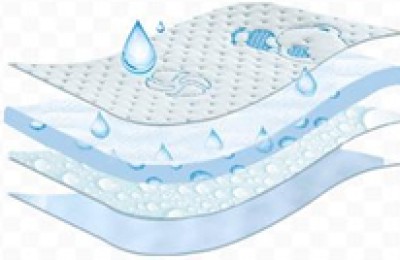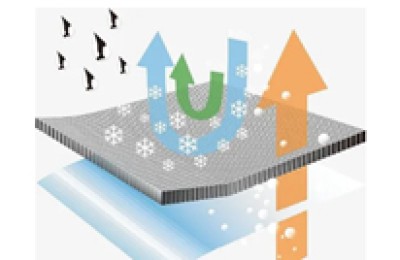In early June, cotton textile companies and cotton traders in Henan, Shandong, Jiangsu and other places reported that the recent main contract price of Zheng cotton CF2009 exceeded 12,000 yuan/ton, and the basis price of Xinjiang cotton spot prices rose sharply. Transactions were relatively quiet, and the inquiry and purchasing model of textile companies turned to “fixed price” resources.
Since the “fixed price” lint sales companies on the market are mainly cotton processing companies in Xinjiang, these companies have greater cash flow pressure from June to July, and buyers have a large bargaining space. On the other hand, most of the Xinjiang cotton currently in storage has been 3-6 months away from processing and public inspection. As the recent high temperature weather continues, the moisture regain of lint cotton has declined significantly (especially in warehouses and stations in Xinjiang). lint), “fixed price” gross weight purchase is more cost-effective for the buyer.
Some textile and clothing companies reported that the production and delivery of domestic autumn and winter orders are coming to an end, and there are difficulties in connecting orders from July to August. Most companies adopt the “online + offline” two-legged approach. We will survive the off-season in the domestic sales market in the next two months while minimizing production cuts or even suspending production (weaving companies in Jiangsu and Zhejiang continue to accumulate inventory of finished products, and sales and funding pressures are higher than in April and May). In addition to domestic yarns OE32S (mainly producing medical gauze products) and C40S cotton yarn inquiries and shipments are relatively active, the demand for other OE yarns, high-count carded yarns and combed yarns has fluctuated and fallen
Shandong Zibo The person in charge of a textile company said that currently high-count yarns of 50S and above are facing suspension of production (no orders are accepted, and there is some inventory), and they will switch to the production of C40S, C32S and other high-quality packaged bleached yarns. If the downstream orders (including exports) are not completed before late June, If the situation improves significantly, we will reduce the inventory of cotton and other raw materials to a low level while considering layoffs and increasing efforts to reduce production and shutdowns. The company said that from June to August, the company was not thinking about how to “live well”, but how to “survive”. After all, the green hills are still there, so there is no need to worry about running out of firewood.
Although developed countries such as Europe and the United States have successively pressed the economic restart button, a small number of “short-term, flat and fast” textile and clothing export orders from enterprises have recovered, but the characteristics of low prices, urgent needs and high standards are the same It is highlighted that textile and clothing manufacturers in Guangdong, Zhejiang, Shandong and other places report that they are not very enthusiastic about taking orders. First, due to the serious shortage of orders and difficulties in connection, whether it is cost-effective to green light small temporary orders still needs to be considered; second, the RMB exchange rate, cotton raw material prices, etc. fluctuate greatly, and receiving low-profit orders will inevitably increase the business risks of the enterprise; Third, the current direction of Sino-US trade relations is unclear, and the situation may change at any time; fourth, there are reports that there is a possibility of a second outbreak of the COVID-19 epidemic in autumn and winter. It cannot be ruled out that some European and American countries will implement blockade measures again, and contracts will also face execution. problem. </p







